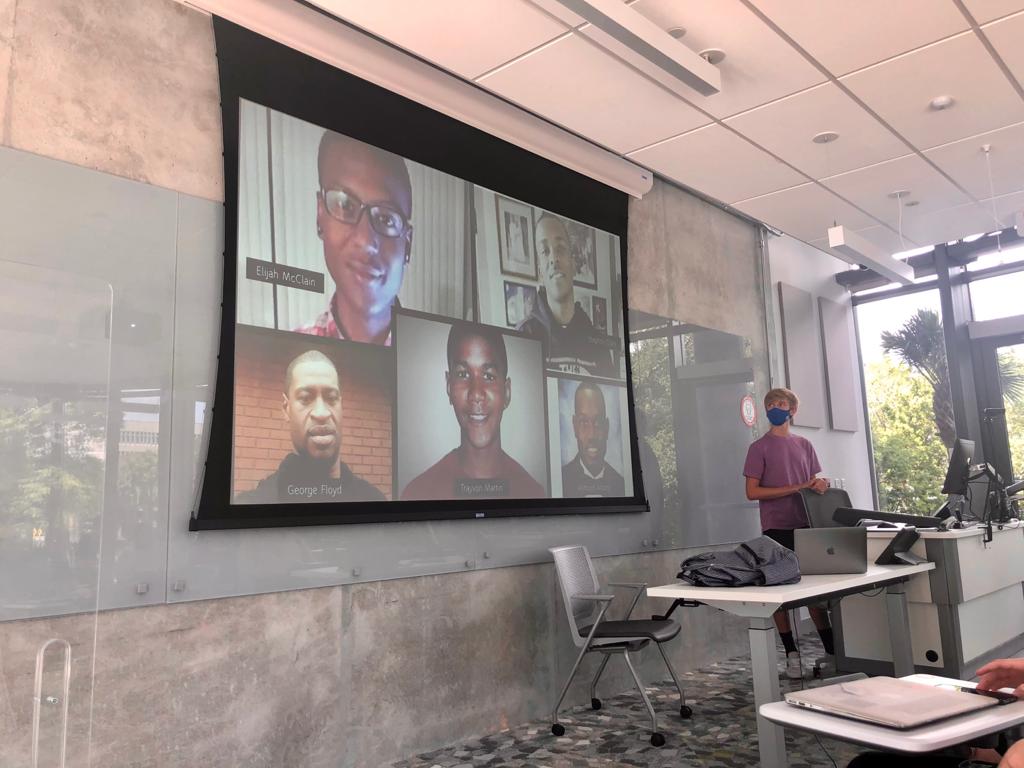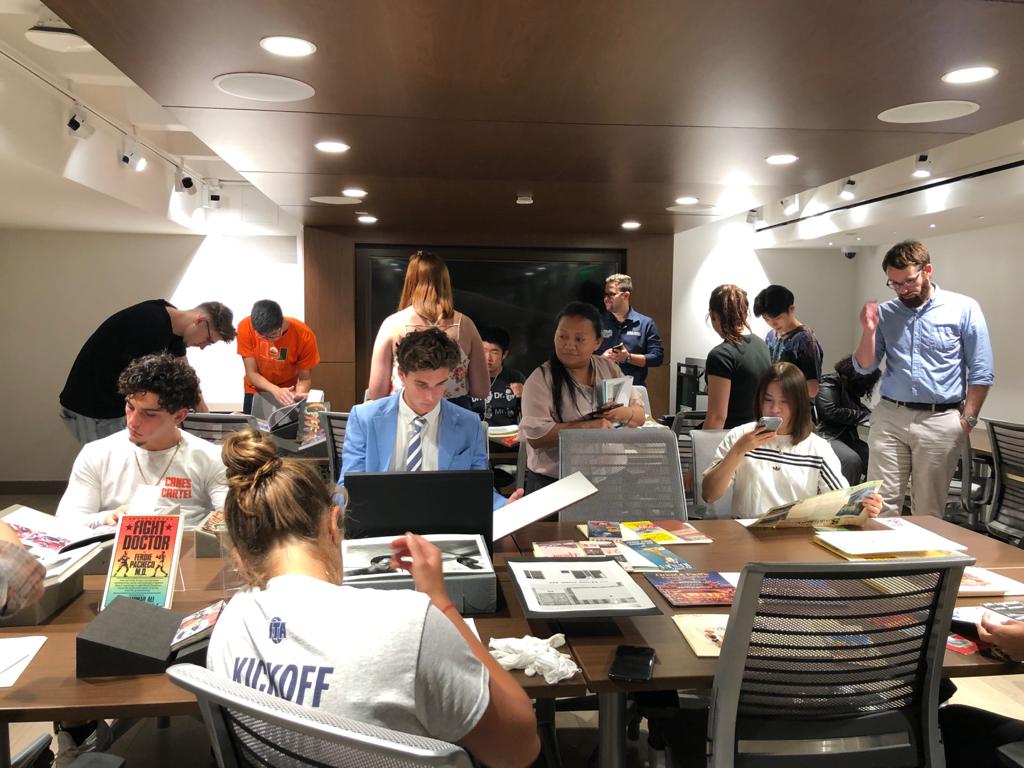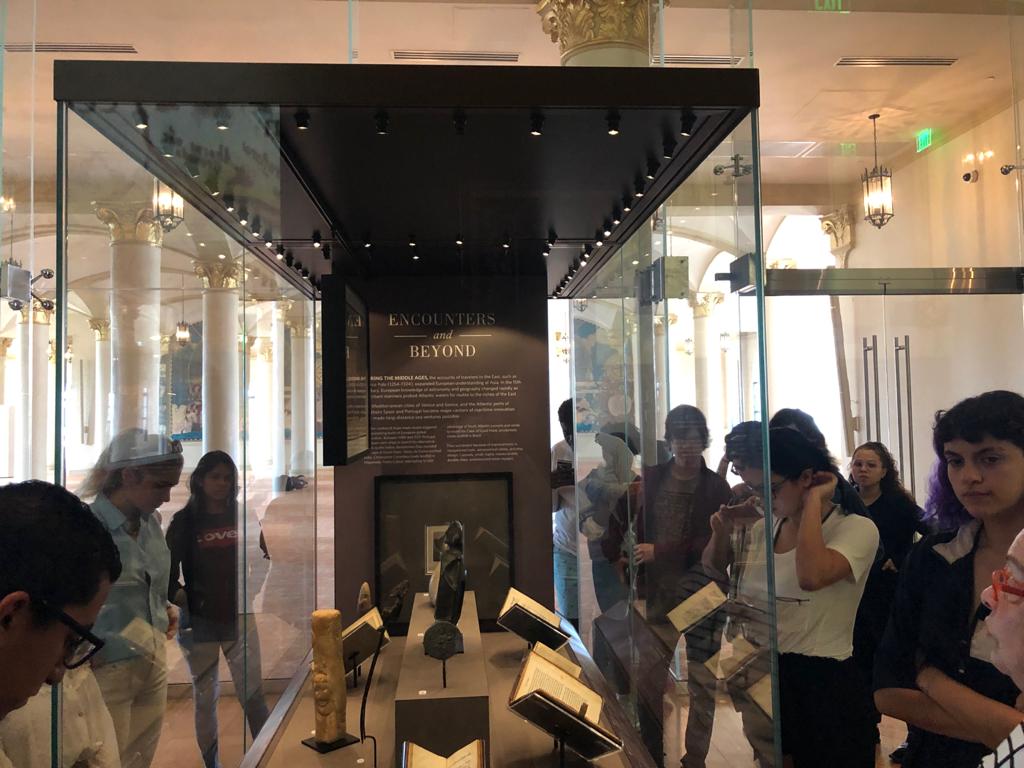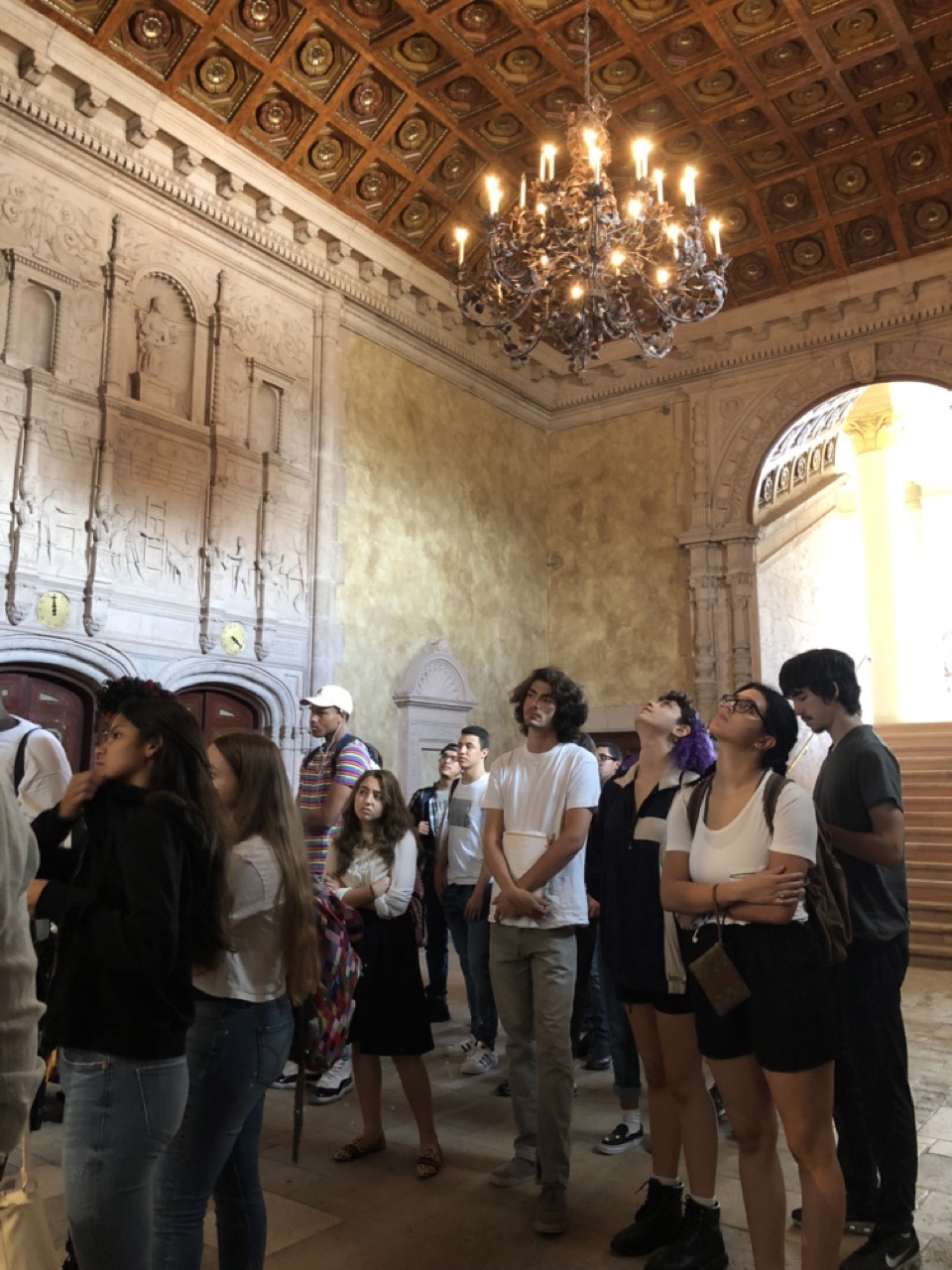Multimodal Approaches - Assignments and Activities
My teaching just like my research is founded on inclusivity and fostering a sensitive classroom space that makes teaching writing studies to a diverse student body comprising first-generation students, international students, students from various academic disciplines, and students affected by Covid-19 accessible. I have often found that multi-disciplinary modes of connecting knowledge making and teaching to be invaluable tools in the classroom, helping students move beyond the initial feelings of reverence and anxiety with which they so often approach academic writing.
How to forge strong connections with your campus?
I push my students to constantly ask meaningful questions, engage with the campus community and the world at large, and interrogate structures of power using interdisciplinary methods. For example, archival and ethnographic research has always formed an integral part of my coursework. I often create assignments that involve studying resources from on campus archives and exhibits, such as the Kislak Center (at both UM and Miami Dade College), the Cuban Heritage Center, Special Collection archives at the University of Miami among others.
Given below are two sample multimodal assignments that I have previously used in my class:
1. Assignment prompt
For this assignment you will be studying the University of Miami Public Sculpture Program. The UM campus is a rich exhibit of numerous pieces of sculpture that not only contribute to its visual aesthetics but also arouses curiosity regarding the way it is observed, photographed and “seen.” Choose any two sculptures on campus. Observe the people and area around it. Questions to consider: Do people stop to glance or photograph these art pieces? Do people take selfies with them? What kind of community/communities are built around these sculptures? What do these sculptures contribute to the UM campus community? Instructions: Take photos, notes wherever needed. Any data you collect will be part of your co-curated multimodal research project. You may write a blog, a research paper with illustrations, create a PPT presentation or create an Adobe Spark project.
2. Assignment Prompt
Final Project
Re-review The Help (2011) keeping in mind some of the past reviews we read in class. Consider the following steps as you plan this assignment:
Step 1: Do a detailed background research. What kind of reviews did the movie get when it released? How did the audience perceive it? Why are we talking about it in 2020 again? Why is Twitter angry about it? Watch interviews, the Academy Award speeches etc.
Step 2: Divide your views into two categories: i) The visual component: acting, intro, climax, suspense factor, themes of racism and racialization in Jackson Mississippi etc. ii) The technical component: direction, dialogues, lighting, stage, scenery, props, background score, music, etc.
Step 3: Gather your references: screen shots of relevant scenes, interviews, Tweets, etc.
Step 4: Start writing. Organize the structure well (text + images). Limit your essay to 6 pages.
Step 5: Reminder: DO NOT WRITE A SUMMARY. Ask yourself, what is your contribution in this review? Are you keeping the current racial/socio-political environment of the U.S. in mind? Who is your audience?
Step 6: Give your review an afterlife… blog it!





